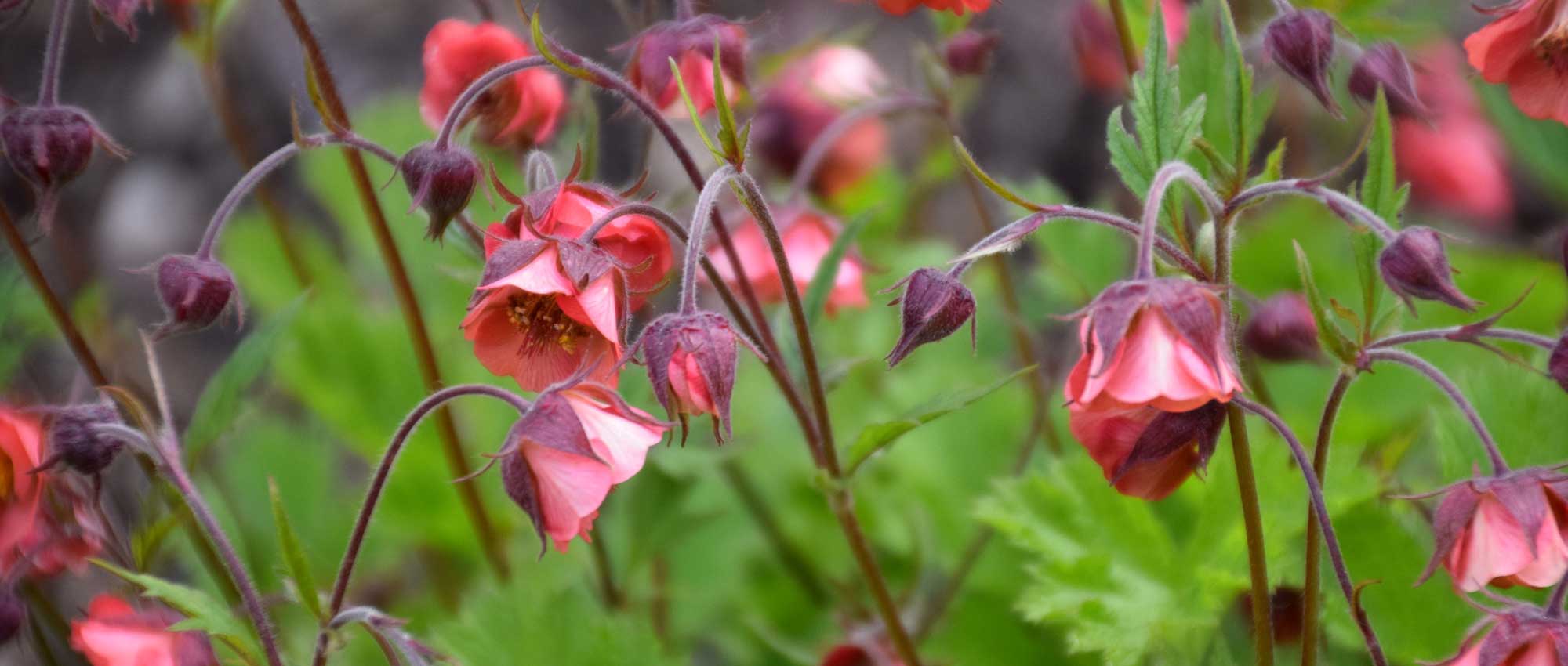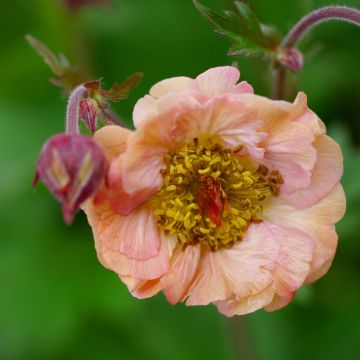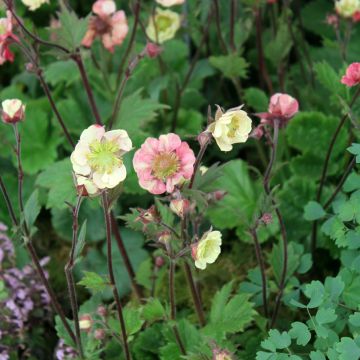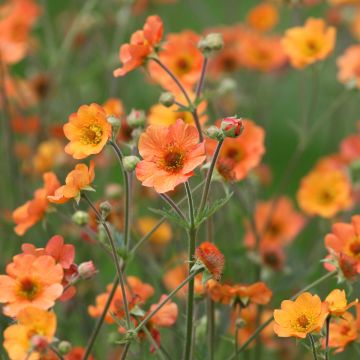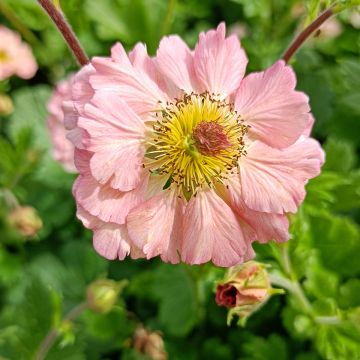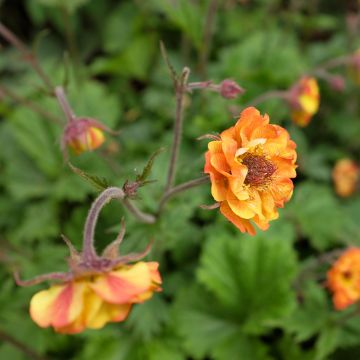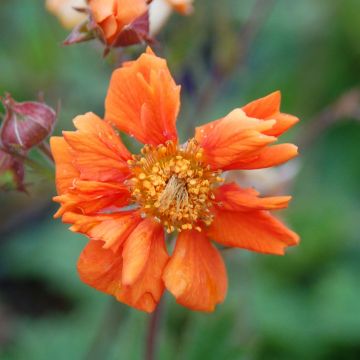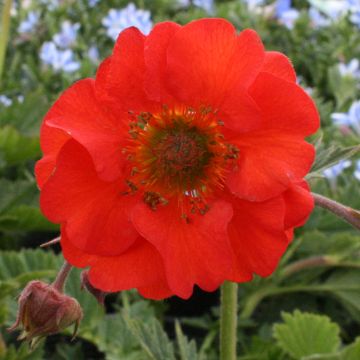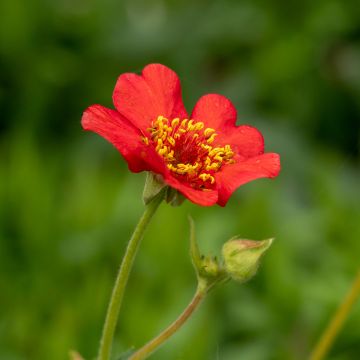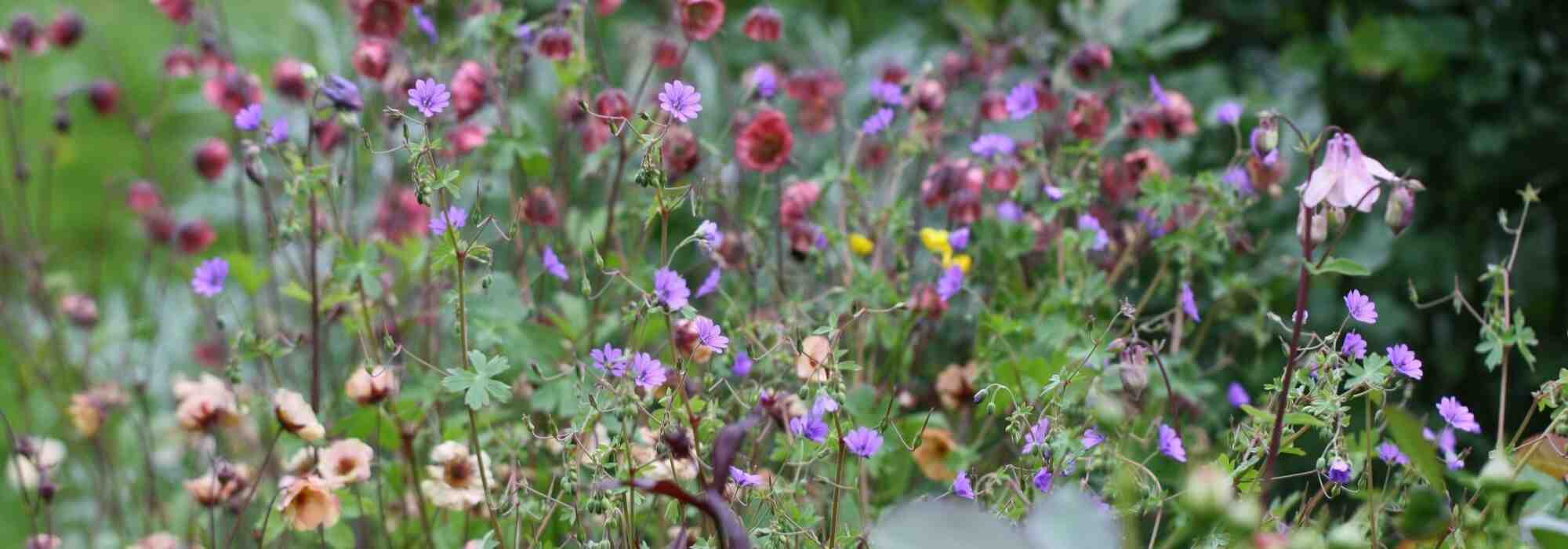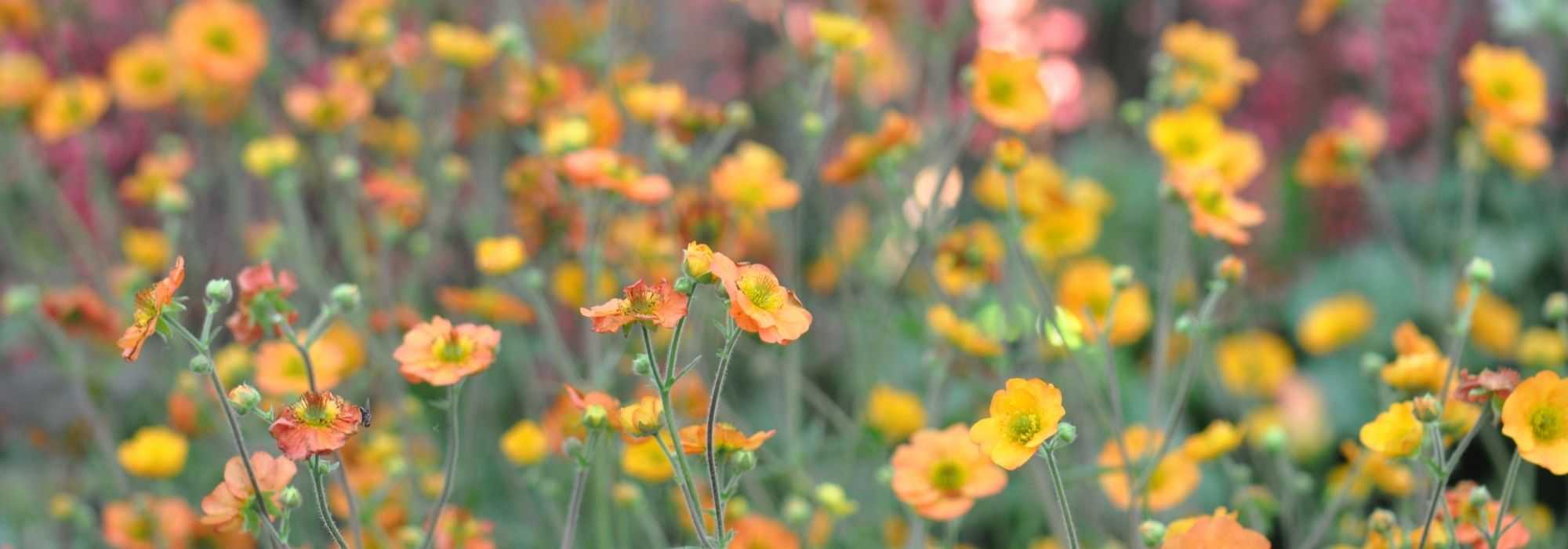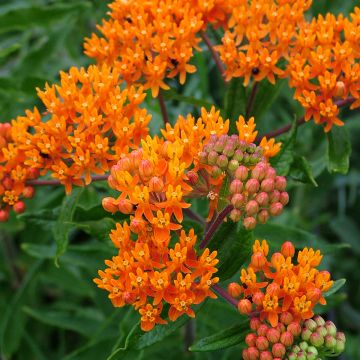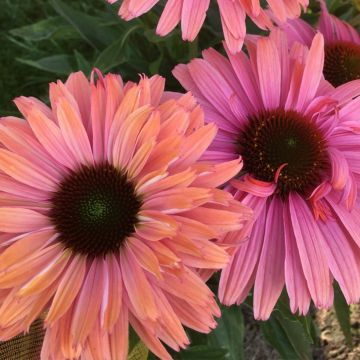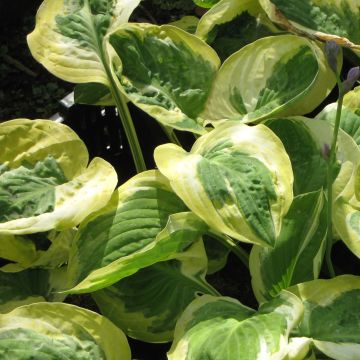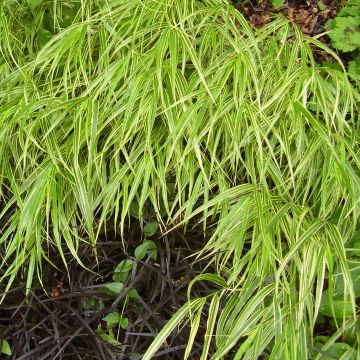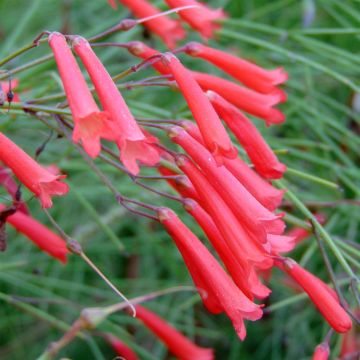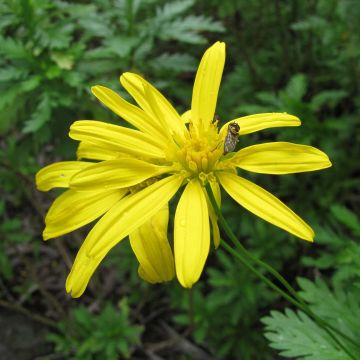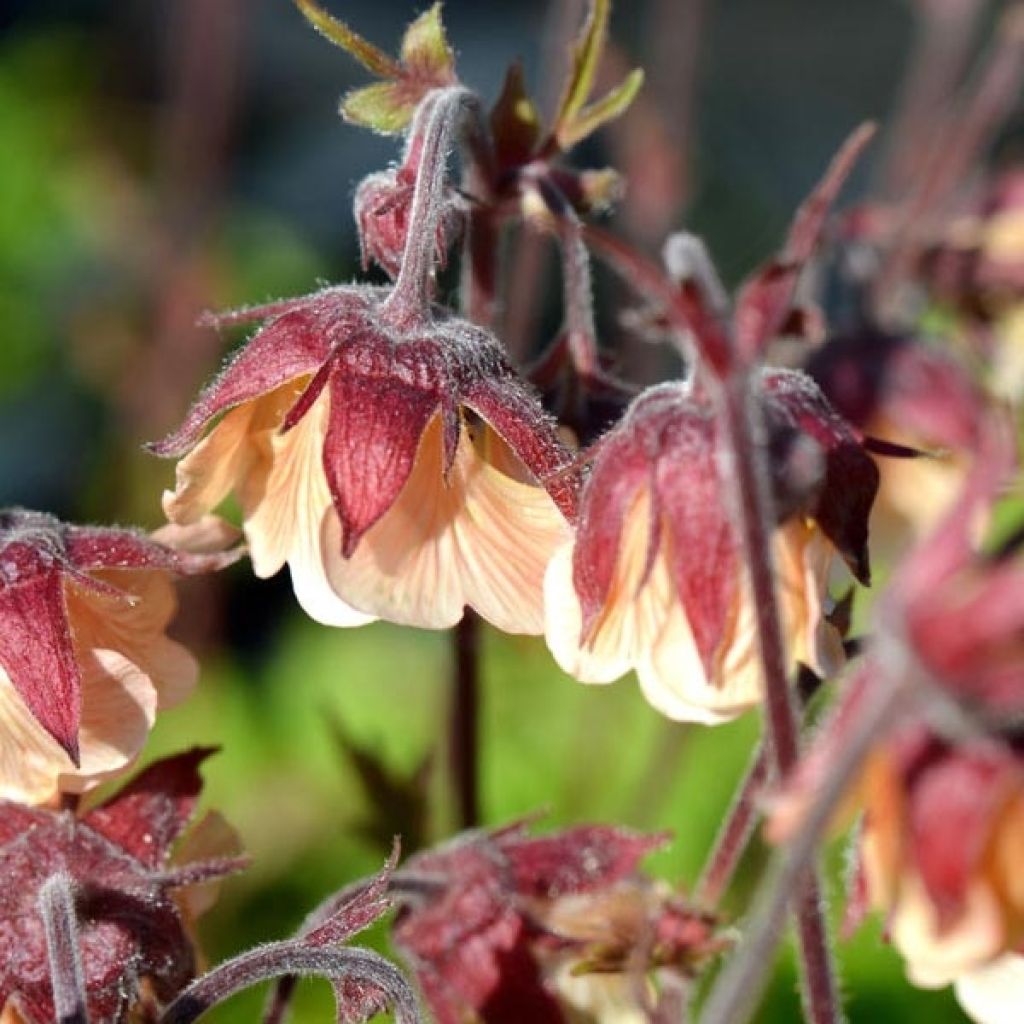

Geum rivale Coppertone
Geum rivale Coppertone
Geum rivale Coppertone
Water Avens, Purple Avens
Perfect.
MICHEL, 22/10/2020
Special offer!
Receive a €20 voucher for any order over €90 (excluding delivery costs, credit notes, and plastic-free options)!
1- Add your favorite plants to your cart.
2- Once you have reached €90, confirm your order (you can even choose the delivery date!).
3- As soon as your order is shipped, you will receive an email containing your voucher code, valid for 3 months (90 days).
Your voucher is unique and can only be used once, for any order with a minimum value of €20, excluding delivery costs.
Can be combined with other current offers, non-divisible and non-refundable.
Home or relay delivery (depending on size and destination)
Schedule delivery date,
and select date in basket
This plant carries a 12 months recovery warranty
More information
We guarantee the quality of our plants for a full growing cycle, and will replace at our expense any plant that fails to recover under normal climatic and planting conditions.
Would this plant suit my garden?
Set up your Plantfit profile →
Description
The 'Coppertone' water avens has a long summer flowering of pendant flowers, barely opened, copper orange with golden yellow hues. They display a nice contrast both with its stems and reddish-purple floral calyxes and its fairly dense tuft of light green leaves, velvety to the touch. A perennial native to wet ground, the species thrives in rich, moist soils that can even tolerate temporary immersion and full sun, as long as there is sufficient moisture in the soil. Hardy, easy to grow, and charmingly unique, this variety adds warmth to borders, flower beds, cool rockeries, and pond edges.
Originally from Europe and Asia and belonging to the Rosaceae family, Geum rivale is a hardy herbaceous perennial, hardy down to -20°C (1°F). It can be found in humid areas, especially in the mountains or woodlands. From May to August, it bears graceful bell-shaped flowers, timidly inclined, on slender, pubescent, flexible stems. They are delicately enveloped by large decorative calyxes. They produce plumeous dry fruits covered in hairs that catch the light. Its evergreen leaves, lyre-shaped with deeply lobed and toothed leaflets, have a much larger trilobed terminal foliole. This cultivar has an upright habit, reaching a height of 50cm (20in) by 50cm (20in) wide. Its basal tuft grows from rhizomes, allowing it to serve effectively as a ground cover.
It thrives in sun or partial shade, in slightly acidic to calcareous, moist to humid, humus-rich, and well-drained soil. In ideal conditions, it self-seeds spontaneously.
It is an elegant plant with subtle colours that blends well in cottage gardens as well as in more contemporary settings with the variegated and bluish foliage of Hostas. It also suits well the banks of water bodies and pond edges with Bergenias, Persicarias, and daylilies. In a cool rockery, associate it with carpets of lady's mantle and creeping bugleweed. It enhances the warm tones of Kniphofias, Crocosmias, and Coreopsis. Its beautiful dense, evergreen foliage is ideal for creating aesthetic borders all year round.
The roots are aromatic and edible, with a taste resembling liquorice and cloves. Native Americans use them to make a drink that resembles hot chocolate. They are used medicinally, like in Geum urbanum, for their astringent, anti-inflammatory, and febrifuge properties.
Geum rivale Coppertone in pictures
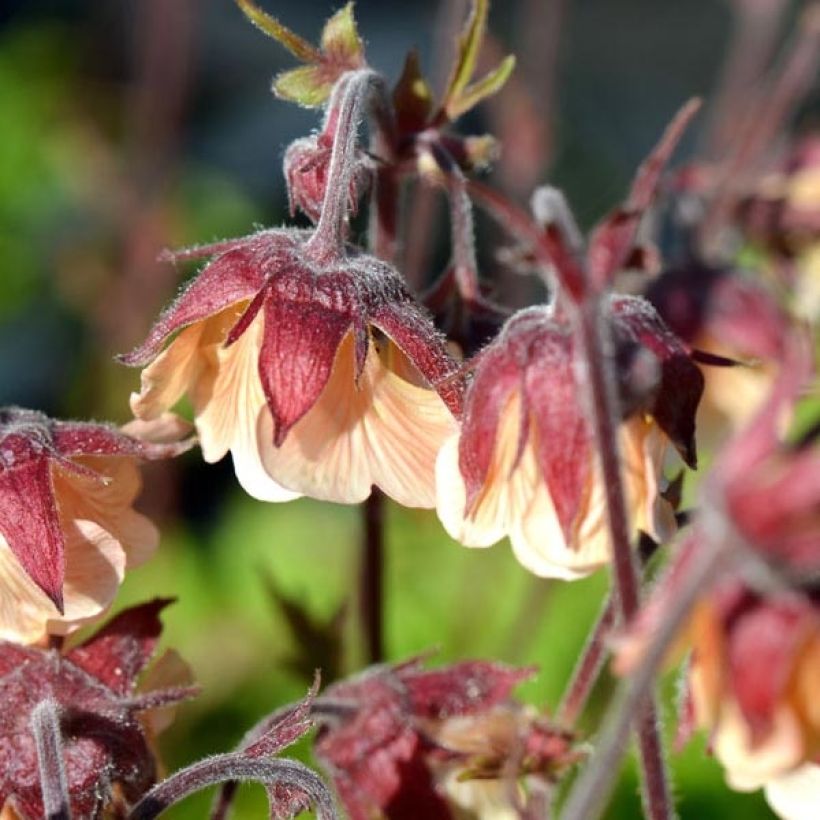

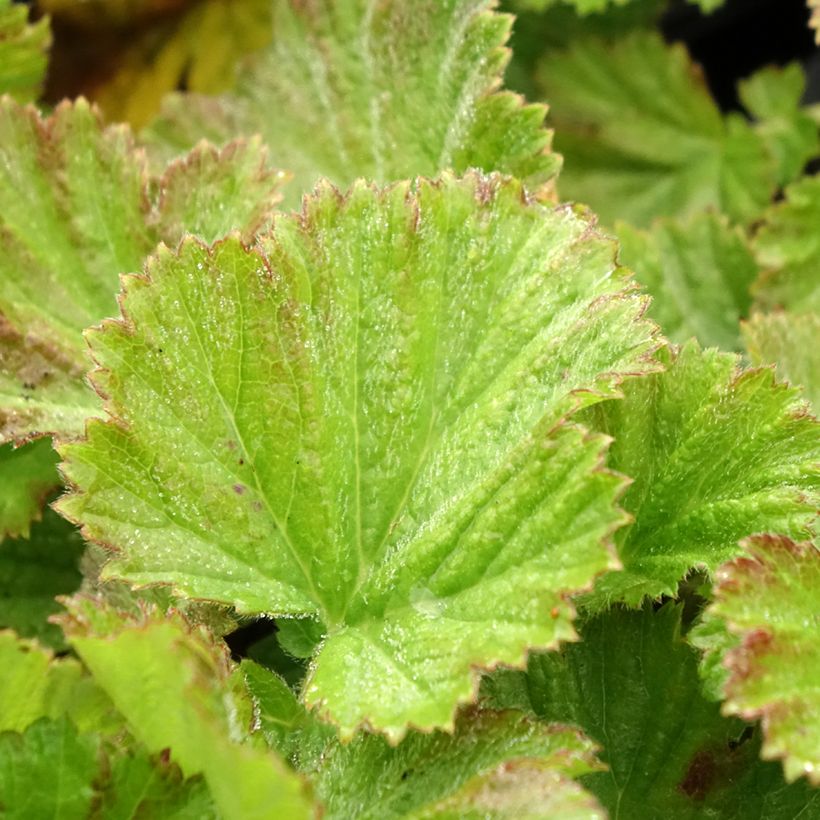

Flowering
Foliage
Plant habit
Botanical data
Geum
rivale
Coppertone
Rosaceae
Water Avens, Purple Avens
Cultivar or hybrid
Other Geum - Avens
View all →Planting and care
'Coppertone' is a herbaceous perennial plant, hardy up to -20 °. Whilst Geums prefer moist and humid soils, they will not tolerate excessive winter humidity, so it is necessary to avoid waterlogged soils in winter.
Planting can be done in spring or autumn. Regularly removing faded flowers will encourage the emergence of new flower buds and ensure continuous flowering. Since the lifespan of Geum is relatively short, it is recommended to divide the clumps every 3 or 4 years, in spring or autumn. Applying organic compost to their base in spring is beneficial.
Whilst Geums are highly resistant to diseases, they can sometimes be attacked by sawfly larvae, which can damage the foliage. Excessive dryness can also make Geums susceptible to powdery mildew.
Planting period
Intended location
Care
Planting & care advice
-
, onOrder confirmed
Reply from on Promesse de fleurs
Similar products
Haven't found what you were looking for?
Hardiness is the lowest winter temperature a plant can endure without suffering serious damage or even dying. However, hardiness is affected by location (a sheltered area, such as a patio), protection (winter cover) and soil type (hardiness is improved by well-drained soil).

Photo Sharing Terms & Conditions
In order to encourage gardeners to interact and share their experiences, Promesse de fleurs offers various media enabling content to be uploaded onto its Site - in particular via the ‘Photo sharing’ module.
The User agrees to refrain from:
- Posting any content that is illegal, prejudicial, insulting, racist, inciteful to hatred, revisionist, contrary to public decency, that infringes on privacy or on the privacy rights of third parties, in particular the publicity rights of persons and goods, intellectual property rights, or the right to privacy.
- Submitting content on behalf of a third party;
- Impersonate the identity of a third party and/or publish any personal information about a third party;
In general, the User undertakes to refrain from any unethical behaviour.
All Content (in particular text, comments, files, images, photos, videos, creative works, etc.), which may be subject to property or intellectual property rights, image or other private rights, shall remain the property of the User, subject to the limited rights granted by the terms of the licence granted by Promesse de fleurs as stated below. Users are at liberty to publish or not to publish such Content on the Site, notably via the ‘Photo Sharing’ facility, and accept that this Content shall be made public and freely accessible, notably on the Internet.
Users further acknowledge, undertake to have ,and guarantee that they hold all necessary rights and permissions to publish such material on the Site, in particular with regard to the legislation in force pertaining to any privacy, property, intellectual property, image, or contractual rights, or rights of any other nature. By publishing such Content on the Site, Users acknowledge accepting full liability as publishers of the Content within the meaning of the law, and grant Promesse de fleurs, free of charge, an inclusive, worldwide licence for the said Content for the entire duration of its publication, including all reproduction, representation, up/downloading, displaying, performing, transmission, and storage rights.
Users also grant permission for their name to be linked to the Content and accept that this link may not always be made available.
By engaging in posting material, Users consent to their Content becoming automatically accessible on the Internet, in particular on other sites and/or blogs and/or web pages of the Promesse de fleurs site, including in particular social pages and the Promesse de fleurs catalogue.
Users may secure the removal of entrusted content free of charge by issuing a simple request via our contact form.
The flowering period indicated on our website applies to countries and regions located in USDA zone 8 (France, the United Kingdom, Ireland, the Netherlands, etc.)
It will vary according to where you live:
- In zones 9 to 10 (Italy, Spain, Greece, etc.), flowering will occur about 2 to 4 weeks earlier.
- In zones 6 to 7 (Germany, Poland, Slovenia, and lower mountainous regions), flowering will be delayed by 2 to 3 weeks.
- In zone 5 (Central Europe, Scandinavia), blooming will be delayed by 3 to 5 weeks.
In temperate climates, pruning of spring-flowering shrubs (forsythia, spireas, etc.) should be done just after flowering.
Pruning of summer-flowering shrubs (Indian Lilac, Perovskia, etc.) can be done in winter or spring.
In cold regions as well as with frost-sensitive plants, avoid pruning too early when severe frosts may still occur.
The planting period indicated on our website applies to countries and regions located in USDA zone 8 (France, United Kingdom, Ireland, Netherlands).
It will vary according to where you live:
- In Mediterranean zones (Marseille, Madrid, Milan, etc.), autumn and winter are the best planting periods.
- In continental zones (Strasbourg, Munich, Vienna, etc.), delay planting by 2 to 3 weeks in spring and bring it forward by 2 to 4 weeks in autumn.
- In mountainous regions (the Alps, Pyrenees, Carpathians, etc.), it is best to plant in late spring (May-June) or late summer (August-September).
The harvesting period indicated on our website applies to countries and regions in USDA zone 8 (France, England, Ireland, the Netherlands).
In colder areas (Scandinavia, Poland, Austria...) fruit and vegetable harvests are likely to be delayed by 3-4 weeks.
In warmer areas (Italy, Spain, Greece, etc.), harvesting will probably take place earlier, depending on weather conditions.
The sowing periods indicated on our website apply to countries and regions within USDA Zone 8 (France, UK, Ireland, Netherlands).
In colder areas (Scandinavia, Poland, Austria...), delay any outdoor sowing by 3-4 weeks, or sow under glass.
In warmer climes (Italy, Spain, Greece, etc.), bring outdoor sowing forward by a few weeks.






























